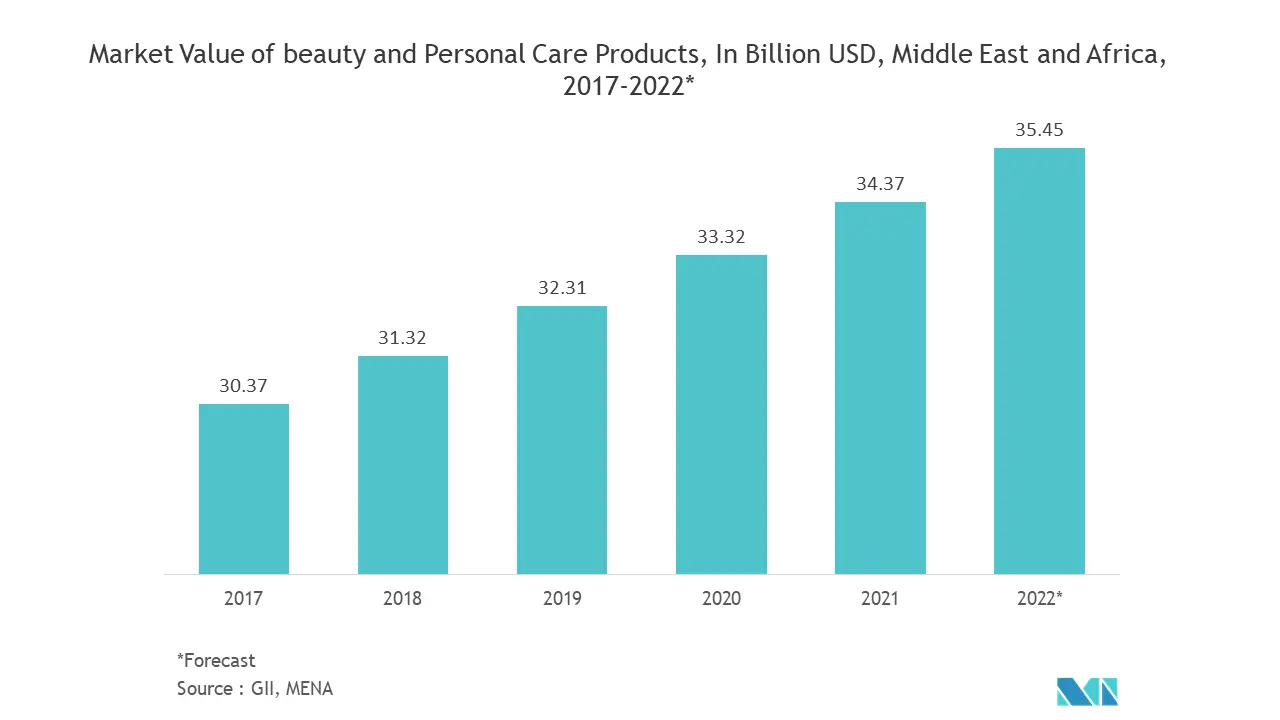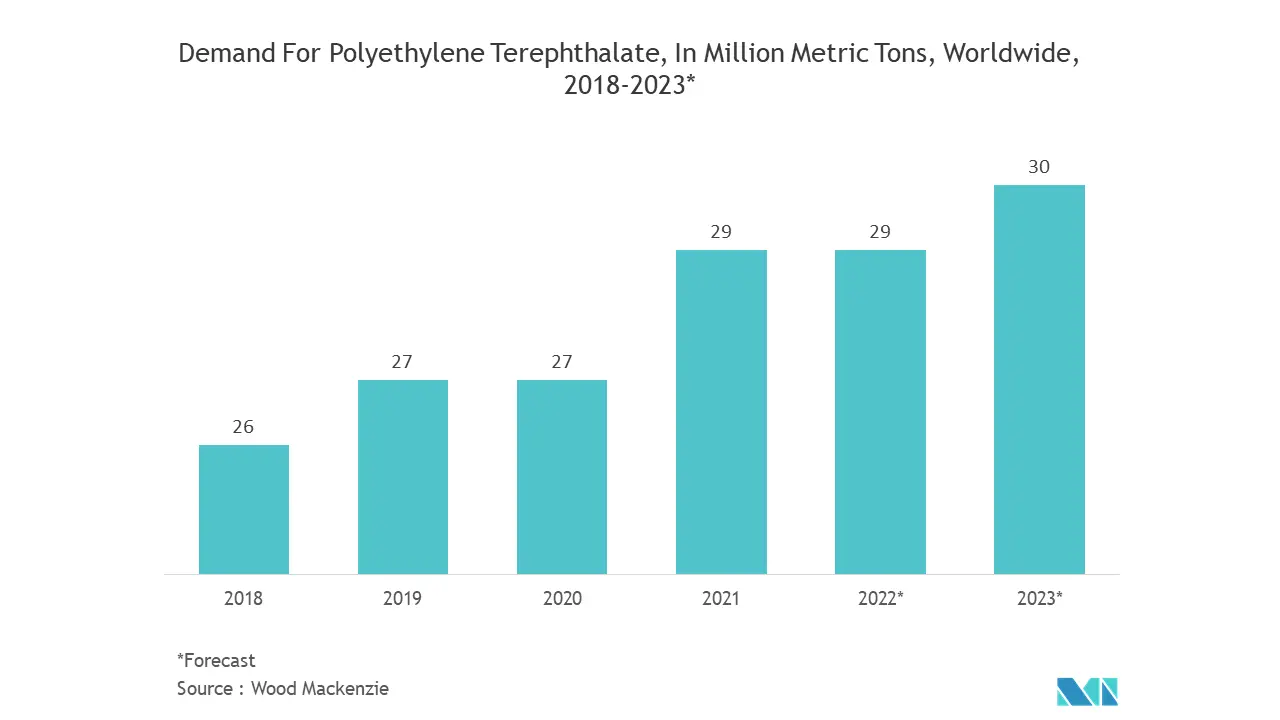Market Trends of Middle East and Africa Personal Care Packaging Industry
This section covers the major market trends shaping the MEA Personal Care Packaging Market according to our research experts:
The Skincare Segment is Expected to Drive the Market
- Packaging for skincare must accommodate the wide range of products within the category, which all have different formats and dispensing requirements. There are thick clay cleansers in tubes and jars filled with 'whipped' masks or gel moisturizers, in addition to typical face lotions and eye creams. Face serums and oils continue to trend as well, fueling the continuing demand for dropper bottles. For instance, Albea packaging, one of the largest cosmetic packaging wholesalers, makes soft shape screw caps for tubes. This cosmetic cap is the ideal solution for all skincare products. They communicate the softness of the formula due to the rounded edges of the cap.
- Further, technological advancements, such as airless skincare packaging and 3-D printing technology, and fully recyclable packaging, are driving skincare packaging sales. Advanced printing technologies, such as hot-stamp foil printing and flexo-offset printing, are enabling manufacturers to offer innovative and eye-catching skincare packaging for their cosmetics.
- In October 2020, Origins, a global skincare brand, and its parent company, The Estée Lauder Companies (ELC), announced a strategic partnership with global chemical industry company SABIC and strategic beauty packaging manufacturer Albéa to bring an advanced recycled tube package to market in 2021.
- Further, the body care industry is witnessing a steady growth in packaging from soap bricks to a more hygienic and convenient option of body washes. This segment is also competing with hair care, hand wash, and sanitizing product packaging. For instance, the packaging of pears shower gel is unique and is designed for the real utility of the product. The shower gel bottle is transparent and has an oval shape with hanging support provided at the top. In terms of dispensing, the hook allows the Pears bottle to hang from the wall for easy use in the shower. The material used for the bottle is PET with an inverted orientation
- In the wake of the recent coronavirus outbreak, the demand for soaps and sanitizers is observing significant growth, and cosmetic vendors are increasingly marketing their products with inner well-being tags. In Apr 2020, African e-commerce major Jumia re-worked its online portal in the country to provide essential items during the ongoing coronavirus (COVID-19) crisis, working with Reckitt Benckiser and Proctor & Gamble on the project. Fragrances and color cosmetics and were not considered essential by the government during the lockdown; however, personal hygiene products, such as skincare, hair care, and deodorants, as well as sanitary items, were considered essential.

Plastic Segment is Expected to Hold a Major Market Share
- Plastic is a prominent material used for packaging personal care products due to its low cost, lightweight, flexibility, durability, and other factors. For personal care products, plastics are a material of choice for manufacturing shatterproof and "no-spill" bottles, jars, tubes, caps, and closures. According to the Packaging Machinery Manufacturers Institute (PMMI), at 61% market share, plastic packaging, such as bottles, jars, compacts, and tubes, dominate in beauty and other personal care products, where bottles are the most commonly used containers, accounting for 30% of the market.
- The most common type of plastic used for personal care product containers is PP plastics. However, these can also come in a more affordable PET plastic or higher-end acrylic plastic. Acrylic plastic is usually clear and resembles glass. This type of material has an advantage over glass as it is not prone to breakage.
- Also, tubular packaging has long been favored by design experts seeking to capitalize on tubes' convenience and portability to hold cosmetics and other personal care items. For instance, Vaseline Jelly's introduction in a flip-cap jar and Dove's Advanced Hair Series Dry Oil Shampoo in a squeezable plastic tube in the United Arab Emirates facilitated convenient usage.
- Further, In October 2020, Unilever moved Dove to 100% recycled plastic bottles to address plastic waste through a combination of alternative packaging materials, In a move that will reduce more than 20,500 tonnes of virgin plastic from its portfolio per year. In addition, various plastic bottle packaging providers are innovating with their offerings and materials used in their products. For instance, Berry Global Inc. recently introduced a 100% recyclable BioPET bottle designed for beauty products.
- Numerous cosmetic vendors in the market are testing refillable solutions for offering their products and testing the feasibility of such initiatives to reduce plastic use further. For instance, P&G is testing refillable Olay moisturizer packs. These containers can be purchased from their website, and the company will ship the moisturizer pod to the customer to be filled in the jar.

